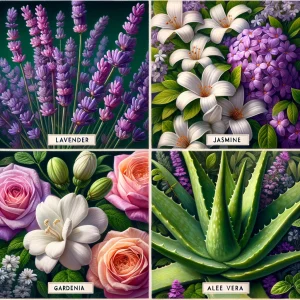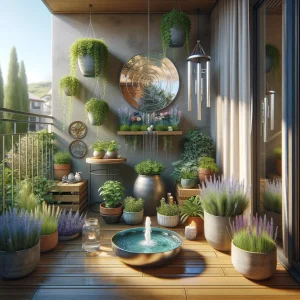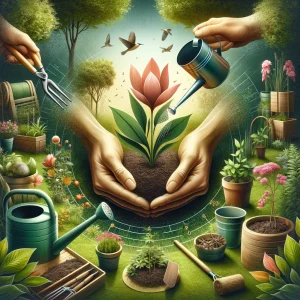In today’s fast-paced world, finding sanctuaries of calm and beauty offers respite and a profound sense of healing and well-being. Importantly, healing gardens, designed with the explicit intent to alleviate stress and promote health, have emerged as vital components in healthcare settings, community spaces, and personal residences. Consequently, this blog delves into the art and science of creating these serene outdoor spaces, offering guidance on design principles, plant selection, and practical tips for enthusiasts at all levels.
The Essence of Healing Gardens
Healing gardens are thoughtfully curated outdoor spaces that harness the inherent therapeutic properties of nature to offer comfort and promote recovery. Unlike traditional gardens, these spaces are meticulously designed to engage the senses, facilitate stress reduction, and support physical and emotional healing processes. Furthermore, they find their place not only in hospitals and therapeutic centers but also in community spaces and private homes, serving as tranquil retreats from the stresses of everyday life.

Design Principles for Serenity
Creating a healing garden involves more than just selecting a variety of plants. Indeed, it requires a holistic approach to design that considers layout, colour theory, and sensory engagement. Here are fundamental principles to guide the creation of a healing garden:
- Firstly, layout: Incorporate winding paths encouraging exploration and movement, with secluded nooks for reflection and rest. The design should offer privacy and safety, creating a protective enclave away from the outside world.
- Secondly, colour theory: Utilize calming colours like greens and blues for a soothing backdrop, punctuated by vibrant hues such as yellows and reds to stimulate the senses and elevate mood.
- Additionally, sensory elements: Engage all the senses by including elements that produce gentle sounds (like rustling leaves and water features), varied textures (such as smooth stones and soft moss), and aromatic plants that release soothing fragrances.

Plants with Therapeutic Properties
Selecting the right plants is crucial for a healing garden. Specifically, focus on species known for their air-purifying qualities, calming scents, or medicinal values. Consider including:
- Lavender (Lavandula) for its stress-relieving fragrance.
- Jasmine (Jasminum) and Gardenia (Gardenia jasminoides) for their sweet scents that promote relaxation.
- Aloe Vera for its air-cleaning ability and healing sap.
Adapt these selections to your climate and region to ensure resilience and longevity.

Real-World Inspirations
Case studies of successful healing gardens, such as the therapeutic landscape at the Maggie’s Cancer Centre in London or the contemplative garden spaces in urban hospitals across the United States, illustrate the transformative impact of these environments. These examples highlight diverse applications, from expansive community gardens to intimate rooftop retreats, offering valuable insights into their design and implementation.

DIY Tips for Your Healing Space
Creating a healing garden doesn’t require vast spaces or budgets. For instance,
- Begin with container gardening if space is limited. Pots of lavender, mint, and chamomile can be a simple start.
- Incorporate elements like small water fountains or wind chimes to add soothing sounds.
- Use reflective surfaces like mirrors to make small spaces appear larger and more open.
Maintenance and Care
Lastly, maintaining a healing garden is as essential as its design. Regular care ensures that plants thrive and the space continues to provide a stimulating environment. Simple practices like mulching, appropriate watering, and seasonal pruning will keep your garden healthy and vibrant.
In conclusion, healing gardens offer a powerful testament to the healing capacity of nature, providing sanctuaries of peace that counteract the chaos of modern life. By integrating thoughtful design principles, selecting plants with therapeutic properties, and drawing inspiration from successful examples, you can create a healing garden that provides comfort, recovery, and beauty.

